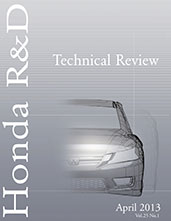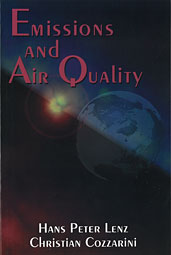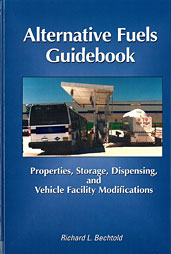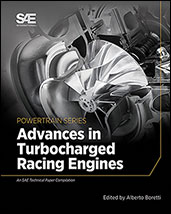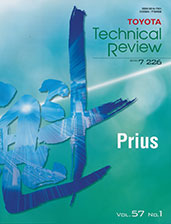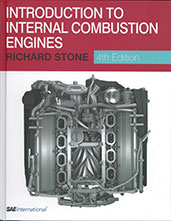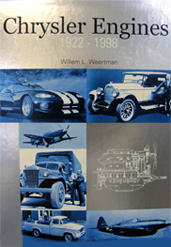Book

Automotive 48-volt Technology
2016-04-15
The introduction of 48-volt technology enables traditionally parasitic applications that run off the engine to be replaced with electrically driven systems, resulting in improvements in performance and efficiency. In the first of a series of reports produced jointly by ABOUT Automotive and SAE International, this comprehensive Executive Report analyses major engineering challenges facing the industry, and the solution strategies key players are beginning to adopt.

